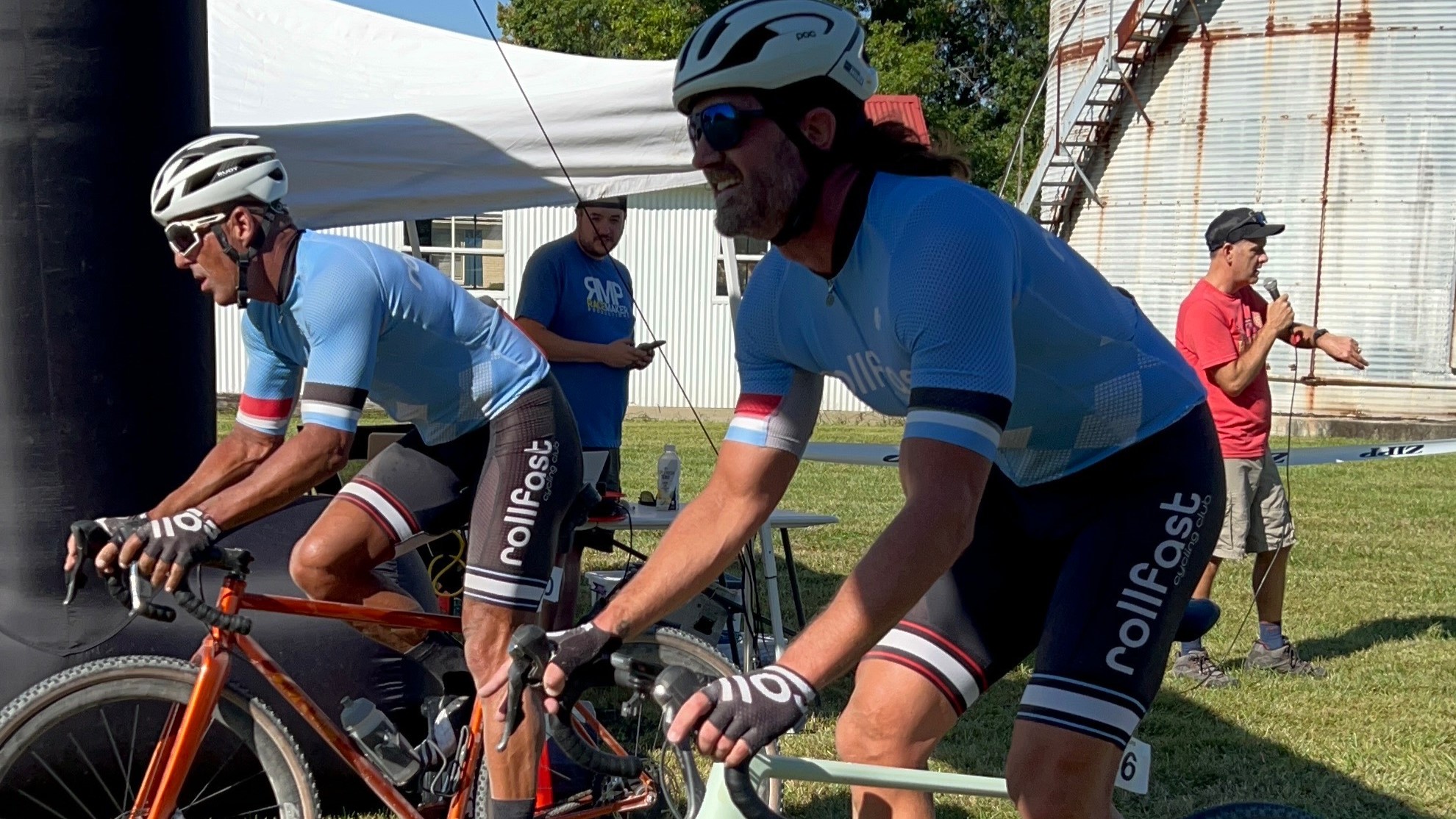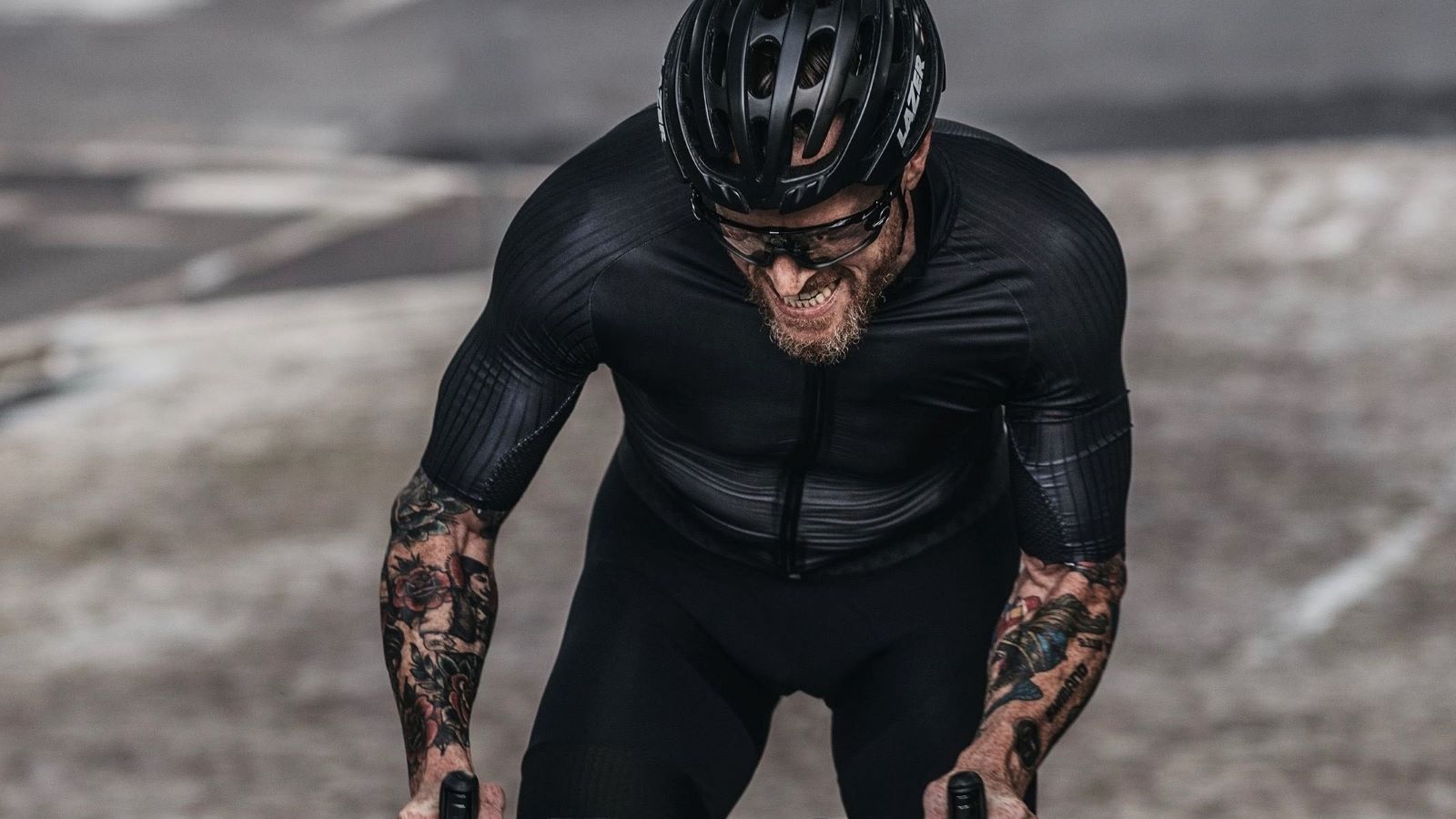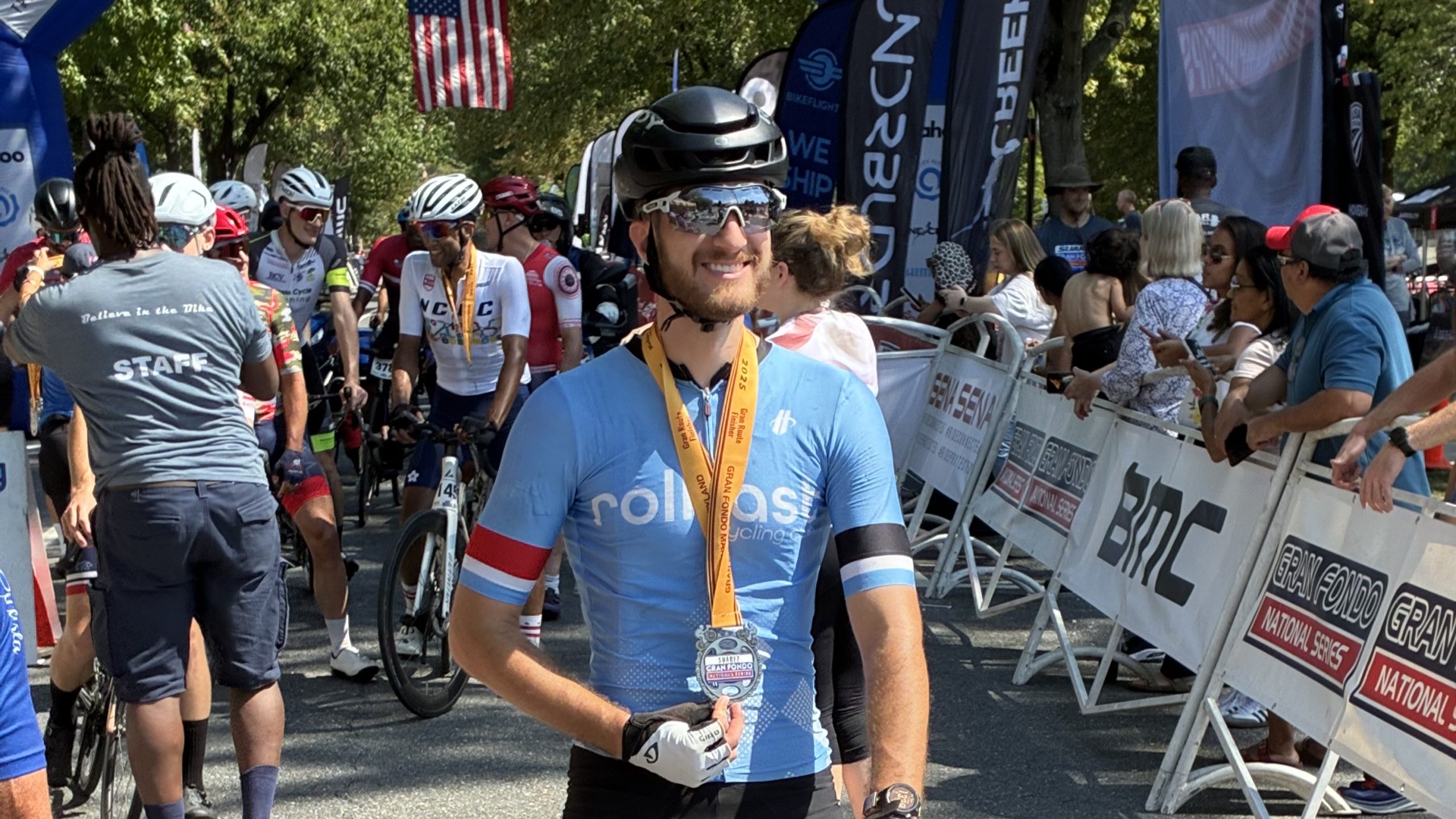Harvest 50: When “Odd Strategy” Becomes Your Secret Weapon for Speed & Longevity
The dust settled on the Harvest 50 gravel race, and Coach Matt Breeden and I rolled across the finish line, taking 1st and 2nd in the 25-mile course. We’d gone out hard, ripping through the opening miles with the lead pack, hitting a 2025 1-minute power PR in the process. At 51, I was the oldest in that front group by a good 11 years, pushing my limits but feeling strangely… good.
Once the course split and it was just Matt and me, we kept the hammer down, carrying that relentless pace all the way to the finish. I shared the video of our finish on social media, proud of the effort. What I also shared, perhaps less overtly but clear to those who follow our Rollfast Coaching philosophy, was that neither of us had consumed a single carbohydrate during the race.
That’s when the message popped up in my inbox. It was from Andrea, a doctor and one of the top female racers in the country—a rider I deeply respect for her grit, her journey, and her willingness to challenge norms, even within the medical community.
Her question was direct, sharp, and cut right to the core of prevailing sports nutrition dogma:
“Odd strategy for a race? I understand depleting the system and switching fuel sources in training but for an event?!”
“Odd Strategy” or Unlocking Potential?
Andrea’s question is one I’ve heard (and asked myself!) many times. The cycling world, particularly at the high-performance level, is largely “brainwashed” into believing that more carbs, more often, equals better performance. The idea that you can hit top-end zones, respond to race-winning accelerations, and sustain intense efforts without constantly shoveling in sugar is, to many, an anomaly—an “odd strategy.”
And frankly, a year ago, I might have agreed with her.
But this isn’t about dogma; it’s about experience, science, and a deeper commitment to Riding Faster, Being Stronger, and Living Longer – the very pillars of Rollfast Coaching.
The Race Experience: No Carbs, No Bonk, Just Consistent Power
The Harvest 50 was an hour-long, high-intensity effort. For the first 20 minutes, my normalized power was a scorching 370w (4.22w/kg), with plenty of surging. I was at my limit, yes, and eventually dropped from that lead group just before the split, but my energy remained remarkably consistent. There were no crashes, no dizzy spells, no feeling like the “lights were going out.” Just steady, relentless power. Matt experienced the same.
My fueling that morning was simple: a Transparent Labs Chocolate Protein shake and a cup of coffee. During the race, just one bottle with LMNT electrolytes. That’s it.
Why this approach for an event? Because I know what gels and sugary drink mixes do to my body. My experimentation with a Continuous Glucose Monitor (CGM) in February showed me the violent blood sugar spikes and crashes that followed traditional carbohydrate fueling. For an hour-long effort, the metabolic stress of those insulin spikes simply wasn’t worth it.
My goal isn’t just to win a local gravel race (though it’s nice!). My goal is to ride fast and look good into my 80s. If that means sacrificing a potential marginal gain from a gel in a 25-mile race, I’m okay with that trade-off for long-term metabolic health.
The Rollfast Difference: Training the Engine, Not Just the Tank
Andrea’s question rightly pointed out the distinction between training and racing. And it’s a valid one. This approach isn’t about being stubbornly anti-carb; it’s about metabolic flexibility.
For months, I’ve been training hard – consistently completing 2-hour sessions without any exogenous carbohydrates. This has taught my body to become incredibly efficient at burning its own fat stores for fuel. The “depleting the system” part happens in training, yes, but it leads to a highly adaptive system that isn’t depleted come race day. Instead, it’s primed to run on its vast internal reserves.
This transformation wasn’t instant. Last summer, I was a non-believer, struggling to hit my high-end Vo2 intervals or sprint numbers without gels. But with consistent practice and making this a lifestyle change, I’m now hitting lifetime PR sprint numbers and pushing Vo2 efforts I haven’t seen in 3+ years, even as I pass 50.
When “Odd Strategy” Becomes Rocket Fuel
Here’s the interesting paradox: Because I don’t train with exogenous carbohydrates, when I do choose to take one (say, for a longer, harder event like Andrea’s 50-mile route, or if I felt a bonk approaching), it’s like rocket fuel. My body, unaccustomed to constant sugar, responds rapidly and explosively. It becomes a strategic tool, not a constant crutch.
Andrea is a testament to perseverance, a doctor challenging conventional wisdom, and a fierce competitor. Her honest question presented a powerful opportunity for discussion.
Our Mission: Beyond the Finish Line
I’m not sharing this story to brag, or to tell everyone how they must fuel. I’m sharing my experience as a Rollfast Coach because our mission is clear: to help you Ride Faster, Be Stronger, and Live Longer.
I believe the sugar crisis in our country is holding many people back from the longevity and performance potential they may not even realize is possible. What seems like an “odd strategy” to some is, for us, a fundamental pathway to unlocking peak human potential, both on and off the bike.
Are you ready to rethink your fuel and explore a path that prioritizes long-term health as much as race-day performance?
Join the Conversation: What are your thoughts on race-day fueling? Share in the comments!
Follow Andrea’s Pro Cycling life at:
https://www.instagram.com/andgek/
https://www.strava.com/pros/601857





